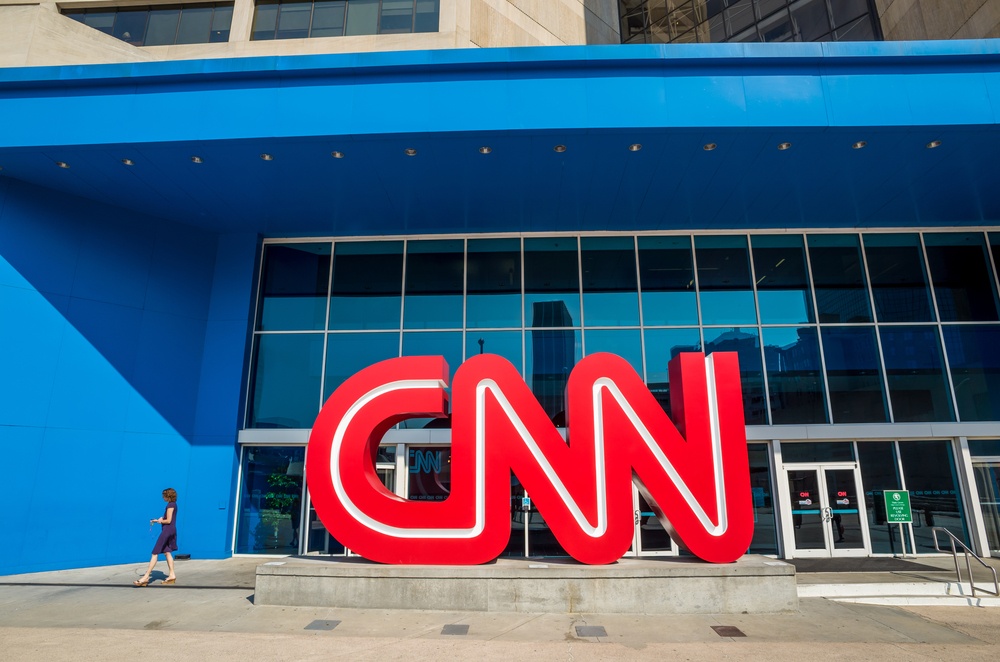Key Takeaways
– CNN host Jake Tapper pressed Governor Abbott on redrawing districts
– Abbott threatened to remove absent Democrats from office
– Democratic lawmakers fled Texas to block new maps
– Abbott claims new lines help minority voters
– Tapper argues Republicans aim to win extra seats
In a recent television exchange, a CNN host challenged Texas Governor Greg Abbott about his state’s plan to redraw election maps. The discussion focused on how the redistricting could affect the 2026 midterm elections. The host also asked about threats to strip certain lawmakers of their seats. This clash highlights growing fights over voting rules and representation.
Tapper Presses Abbott
First, the host asked why Abbott could override voters in specific districts. The host pointed out that district maps reflect the will of local voters. He asked whether the governor had the right to change those boundaries. In reply, the governor blamed absent lawmakers for blocking work. He said those lawmakers failed to do their duty and left the state to stop new maps.
Democrats Break Quorum
Earlier this year, a small group of Texas Democrats left to block state business. They traveled to another state. By doing so, they broke the quorum needed for votes. Without enough members present, the legislature could not pass the new map. For these lawmakers, fleeing offered their only path to delay the plan. They said the GOP map would erase five districts held by Democrats.
Abbott’s Response
According to the governor, the absent lawmakers ignored their constitutional duty. He argued that fleeing did not reflect voter choice. He claimed voters did not elect lawmakers to run away. Instead, he said voters expected them to debate and vote on proposed changes. He threatened to remove them from office if they failed to return.
Redistricting Justification
Transitioning from threats, the governor defended the redrawing effort. He cited a recent high court decision that he said allowed new maps. He added that the state wants to help Hispanic and Black communities elect their candidates of choice. He insisted the new lines would give those groups more power at the ballot box.
Tapper’s Challenge
However, the CNN host countered that the real goal was to win more seats. He pointed out that the maps would likely add five safe seats for Republicans. He pressed whether the plan aimed to help former President Trump and GOP House members. He suggested the motivation was to avoid losses in the next midterm elections.
Potential Impact on 2026 Midterms
Looking ahead, analysts expect these changes to shape the political balance. If Republicans gain more seats, they could hold a stronger majority. That would influence which bills pass in Congress. It could also affect who leads key committees. Therefore, the Texas redrawing fight has national stakes.
Voter Representation Concerns
Moreover, many voters worry their voices will shrink. Critics argue the new lines split communities. They say this dilutes minority voting power. Meanwhile, supporters claim the maps reflect shifting populations. They add that urban growth requires different district shapes.
Legal Battles on the Horizon
Importantly, challenges to the new plan may land in court. Opponents could argue the redesign violates fair map rules. They might claim it breaks equal protection principles. If courts block the plan, the status quo will stay in place. If courts allow it, Texas will move forward with the new boundaries.
The Role of Quorum
Furthermore, the quorum rule itself remains a flashpoint. Lawmakers must attend sessions to create valid votes. By fleeing the state, the minority sidestepped that rule. Yet, critics say such tactics strain democracy. They argue elected officials should use debate rather than walks out.
Governor’s Next Steps
As the fight continues, Governor Abbott must decide whether to carry out his threat. He could remove absent lawmakers from the ballot. Alternatively, he might opt for fines or other penalties. His choice will signal how seriously he takes legislative attendance.
Democratic Strategy
On the other side, Texas Democrats face tough choices. They can keep delaying action or return to debate. Some leaders urge them to seek court relief instead of more walkouts. They also plan grassroots efforts to rally public support. Their future moves will shape how long the standoff lasts.
Public Reaction
Meanwhile, Texas voters report mixed feelings. Some support the governor’s push to redraw maps. They believe it updates districts to reflect current people counts. Others see it as political gerrymandering. They fear it leaves whole communities without fair voice.
National Implications
In a broader sense, the Texas fight echoes contests in other states. Across the country, parties battle over lines. Each side wants maps that favor their candidates. As a result, redistricting often spikes tensions every decade. Social media feeds fill with calls for fairness and cries of voter suppression.
Transparency and Trust
In addition, transparency in map drawing matters. When leaders open the process, they gain trust. Closed door meetings fuel suspicions. Transparency can reduce conflict. It lets citizens see why lines run where they do.
Looking Ahead
Finally, as November 2026 approaches, all eyes will stay on Texas. Will the new map stand? Will it deliver more seats to one party? How will local communities adjust? For now, the showdown between the governor and absent lawmakers continues.
Key Questions Remain
Will courts allow the new Texas map?
Can absent lawmakers stop the plan again?
How will voters react in their communities?
What lesson does this send to other states?
In the end, this clash shows how high the stakes are in drawing lines. It also reveals deep divides on how democracy should work. As the battle goes on, Texans and the nation will watch closely.

